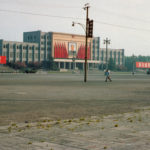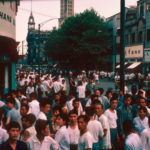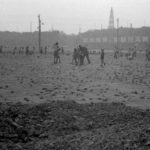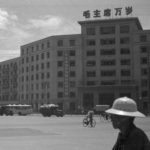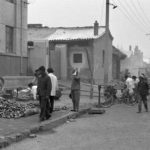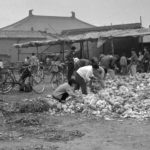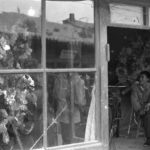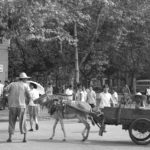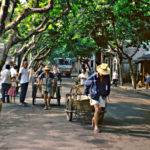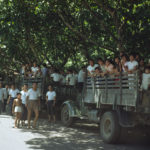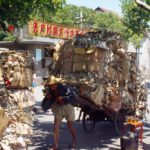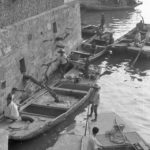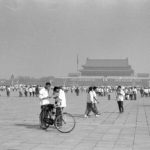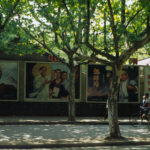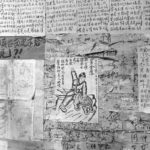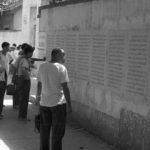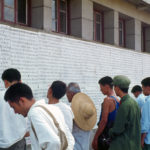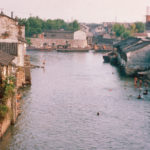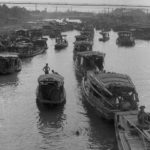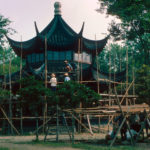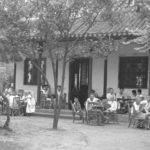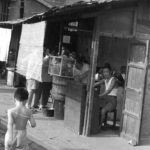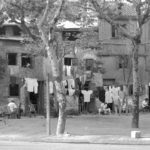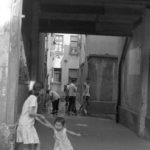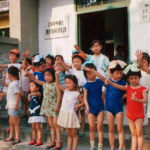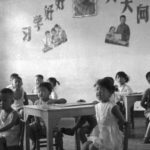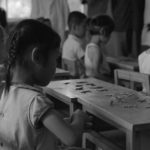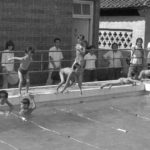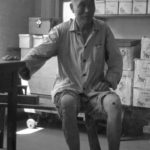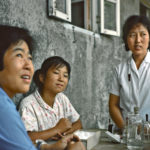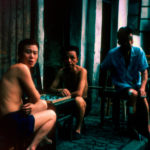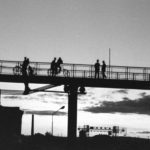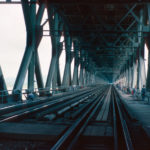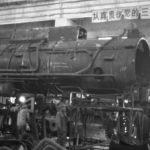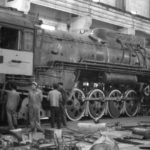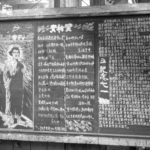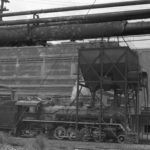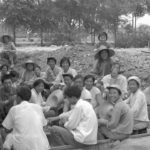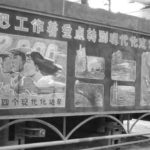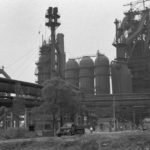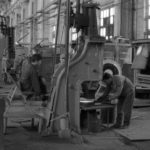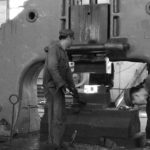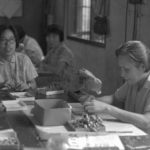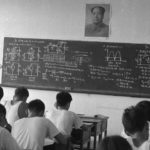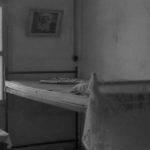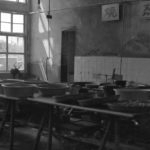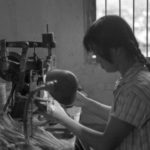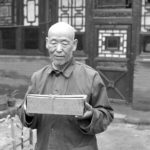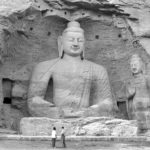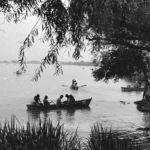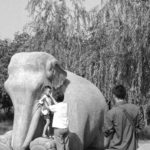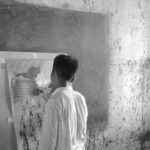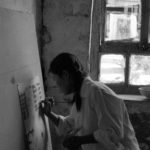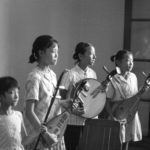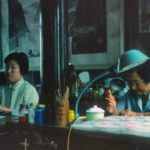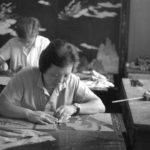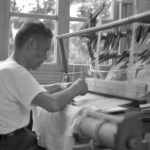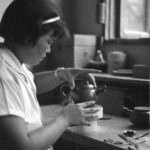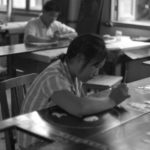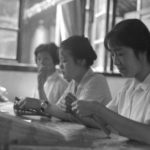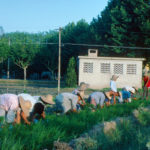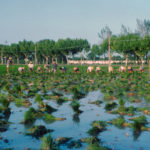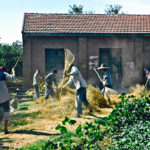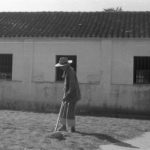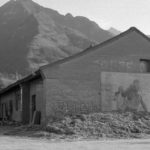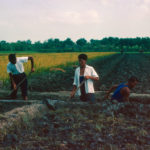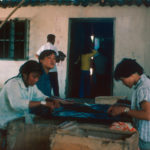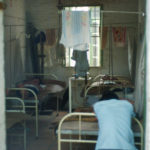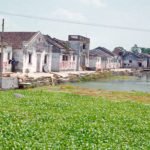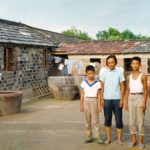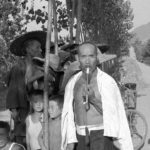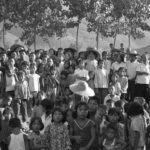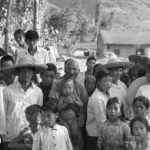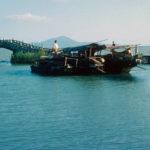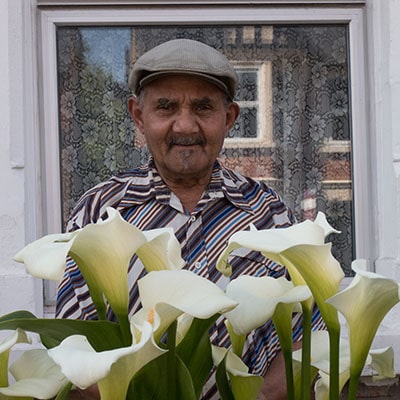China: from the Cultural Revoluton to the ‘four modernisations’
This is my earliest photographic project. I visited China twice in the 1970s with the Society for Anglo-Chinese Understanding (SACU), more or less the only way to go there then unless as a diplomat or on business. I was 22 on my first visit in 1976, in the final months of Chairman Mao’s long rule and at the tail-end of the Cultural Revolution (1966-76), arriving just four days after the Tangshan earthquake which killed over 250,000 people. The earthquake of Chairman Mao’s death (which Tangshan was very much seen as an omen of) was less than three weeks after my return. The second trip was in 1979, just after Deng Xiaoping had declared the ‘Four Modernisations’, a set of economic and social policies which forshadowed the emergence of China as the economic and cultural superpower it is today.
This portrait of a vast country is necessarily partial. I was very young, completely unfamiliar with China, and on organized trips where we got to see what our minders wanted us to see. Having said that the disruption of the Tangshan earthquake meant that keeping a close eye on a ‘freindship delegation’ wasn’t a top priority, and allowed for a little more flexibility to wander than might have normally been expected.
Photographically I was starting out; very inexperienced, and with cheap equipment – an East German Praktica, but in the context, it was hard not to take with the hindsight of over 40 years, photographs with at least some historical resonance. All the colour pictures were taken in 1976. Having gone back to China in the last few years, including re-visiting both Beijing and Shanghai which I saw in the 1970s, I know just how much it has changed!
In terms of the country itself, the trips focussed mainly on the east and south (1976), the north and east (1979) and the big cities; Peking, Nanking, Shanghai, Kwangchow and the surrounding countryside, and nearby smaller cities such as Soochow and Wusi, with a trip to the now infamous Wuhan (1976), and to Datong, Taiyuan and Xian (1979), amost exclusively by rail. China was an overwhelmingly peasant society in the 1970s and this is not fully reflected in the photographs. Outside the cities, the People’s Communes were in full swing, and those accessible from cities and larger towns were very much the ‘go to’ destination for foreign visitors. They were abolished over a five year period from 1979. Poverty in both cities and countryside was very obvious in the 1970s – the socialist revolution was still work in progress.
The 81 photographs below are divided into four categories which are inevitably arbitrary; where does craft production end and light industry begin? are school recitals culture or city life? are the ‘peasant painters’ of Huhsien county, Shaanxi, culture or countryside? But I hope they give a sense of a country at what, in retrospect, turned out to be a major historical turning point. Ten of the photographs were published at the time in various magazines including one as a front cover of SACU’s magazine ‘China Now’.
